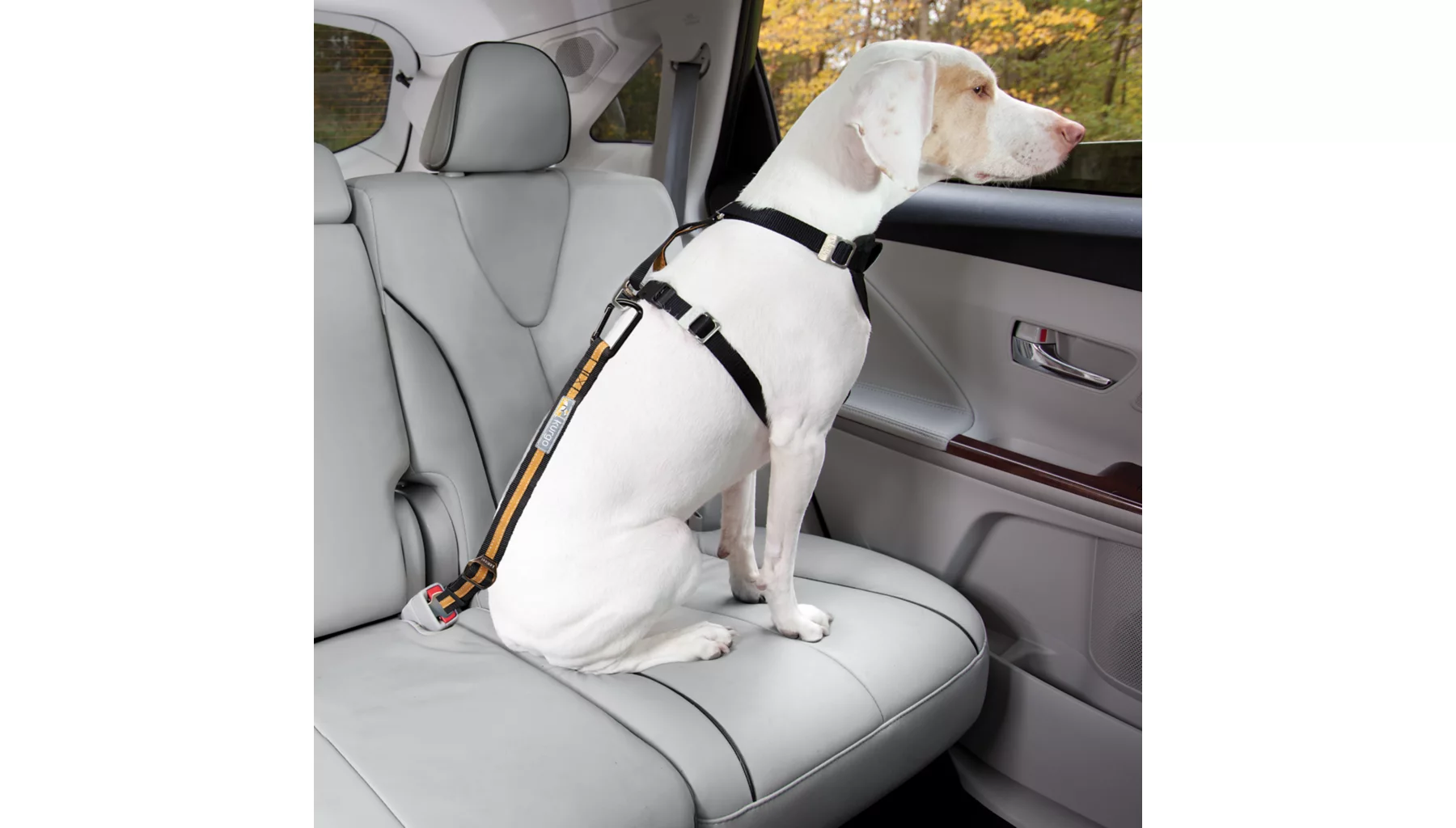In our quest for road safety, we often overlook the protection of our furry friends. Dogs are frequent companions on car rides, but their safety is crucial too. Just like humans, dogs need protection during travel, and seatbelts designed for them offer a simple yet effective solution.
Unrestrained dogs in vehicles pose serious risks. Whether it’s sudden stops, collisions, or minor accidents, dogs can become projectiles, leading to severe injuries or worse. Seatbelts or harnesses designed for dogs prevent them from being thrown around inside the vehicle, reducing the risk of injury or escape. It’s a matter of prioritizing their safety just as we do for ourselves.
Moreover, there’s a legal and moral responsibility to ensure our pets’ well-being during car travel. Many jurisdictions mandate proper restraint for pets in vehicles, with hefty fines for non-compliance. As responsible pet owners, it’s our duty to prioritize their safety and welfare in all aspects of their lives.
When it comes to restraining dogs in vehicles, pet owners have two primary options: harnesses and seatbelt attachments. Harnesses are designed to secure around the dog’s body, distributing the force of impact more evenly in the event of a crash. Seatbelt attachments, on the other hand, allow dogs to be buckled into existing seatbelt systems, providing a more straightforward and convenient solution for some pet owners. Both options have their advantages and drawbacks, so it’s essential to choose the one that best suits your dog’s size, breed, and temperament.

